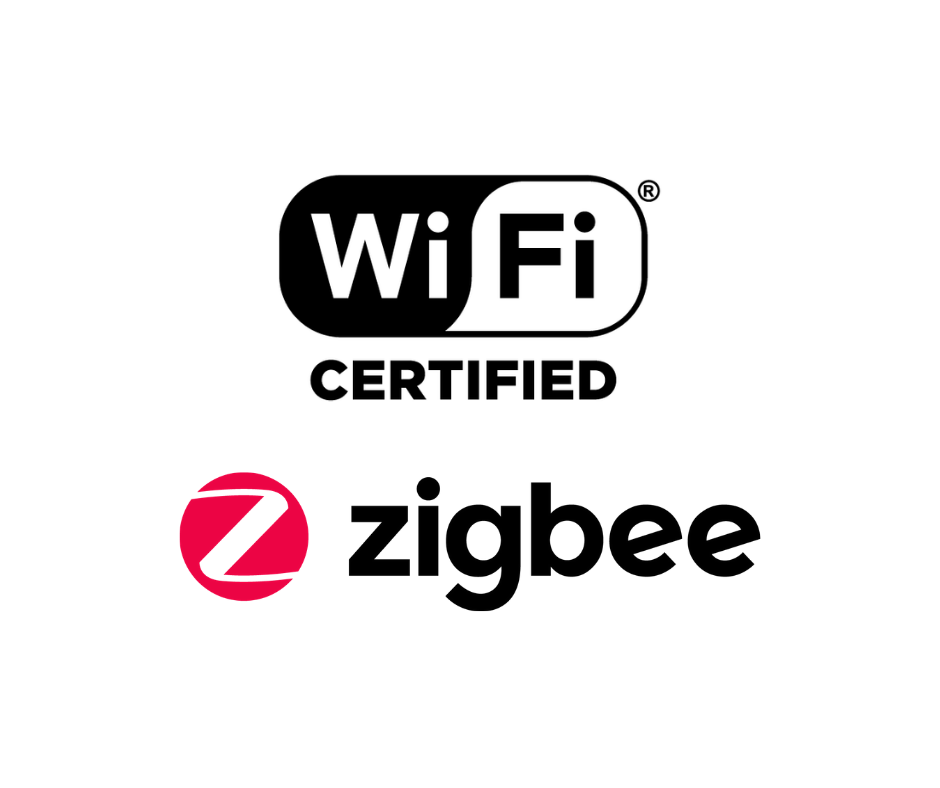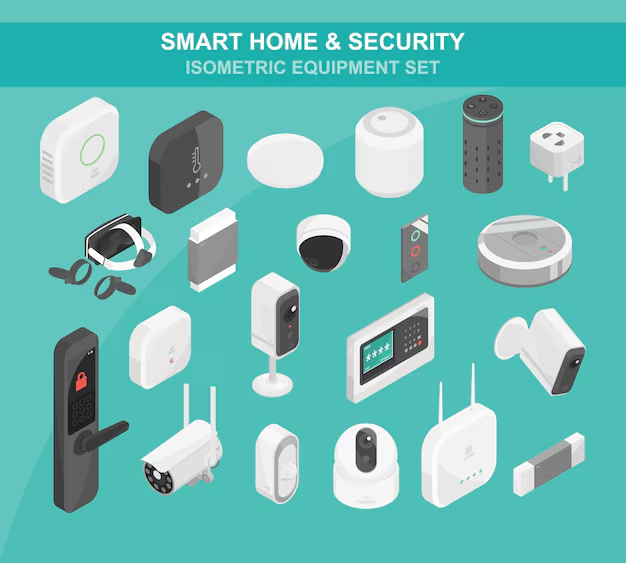The Difference Between ZigBee and Wi-Fi

There are many differences between Wi-Fi and ZigBee technology. ZigBee technology is generally more secure and safer than Wi-Fi. It also has more range and requires less power. This article discusses the differences between the two technologies and explains how they work. For more information, visit the official websites of each technology. However, if you’re not sure which technology is best for your needs, read on.
Low-power
A smart home platform is an important aspect to consider. In this article, we will discuss the benefits of using low-power ZigBee and Wi-Fi technologies. Both protocols can be used simultaneously and without the need for a network connection. The two protocols use highly secure AES-128 encryption and ZigBee 3.0 standards to achieve this. In addition, the Tuya Smart uses Wi-Fi for the connection between devices, while ZigBee utilizes Wi-Fi for wireless communication.
Low-power Wi-Fi solutions are suitable for battery-powered products. They are compact, have low power consumption, and offer low-power interaction. A low-power Wi-Fi solution can be tailored to your needs and can be developed with complete development services. Once the development is complete, the device is ready for deployment. The next step is to verify its performance. The latest low-power Wi-Fi devices have been designed with a low-power Wi-Fi module.
Low-cost
With the ZigBee and Wi-Fi connectivity standard, the Low-cost Tuya Smart Gateway is a versatile smart home platform. It connects Bluetooth, ZigBee, and smart home devices and functions as a central control bridge. It also supports automation and scenario settings. Its all-in-one application platform facilitates the integration of all Variantz smart products.
Both ZigBee and Wi-Fi operate on radio frequencies. They work in point-to-point mode, and can exchange information directly with each other. Wi-Fi devices, on the other hand, must connect to a router first. Moreover, they can only communicate with other compatible devices within the range of a single hub. This is a battery-consuming technology, so the Tuya Smart mobile app cannot run Amazon Alexa skills.
The cost of ZigBee devices is higher than those of the Wi-Fi ones. However, the high cost of these devices makes it more desirable than low-cost WiFi systems. Low-cost Wi-Fi devices are also cheaper, but the ZigBee ones are more reliable and have better connectivity. These devices are also smaller and require less power than the Wi-Fi ones. In fact, they are so small that they can be placed anywhere, including in areas with weak Wi-Fi signal.
Long-range
There are some pros and cons to both ZigBee and Wi-Fi. While Zigbee is more widely used, Wi-Fi is more versatile and has higher bandwidth. Wi-Fi has more applications, including video calling and smart nightstands. Zigbee is better suited to applications such as industrial automation. Wi-Fi and ZigBee are compatible with most commercial IoT devices.
Both of these technologies can be used to control your home remotely and with voice commands. While you can control your home appliances with a mobile phone or other wireless devices, a ZigBee network requires a special hub. With the right hub, you can create a smart home that’s perfect for your lifestyle and budget. Long-range Wi-Fi and ZigBee systems use an open platform that’s governed by standards and security.
Although ZigBee and Wi-Fi are both wireless, they have different limitations. Zigbee devices have a limited range and can’t be used as repeaters. Wi-Fi devices need to be connected to a wireless router first. However, Wi-Fi devices can be installed in other rooms. Using a long-range ZigBee and Wi-Fi network, you can connect multiple devices to your home.
Security
With the Tuya Smart platform, you can control multiple sub-devices at once, without the need for a network connection. These smart devices support the secure AES-128 encryption standard and ZigBee 3.0, allowing users to enjoy a convenient smart home experience. Moreover, they also support group control and local linkage. And because they’re Wi-Fi and ZigBee compatible, they’re ideal for security-conscious users.
With the ZigBee and Wi-Fi integration, the system is extremely reliable and secure. Furthermore, the system is based on a peer-to-peer network, which means that many devices can communicate with each other at the same time. And because ZigBee devices use local control, they’re highly stable and can be installed anywhere in the home or office. In addition, the corresponding solutions are available from Tuya.
For ZigBee and Wi-Fi, the security of the communication between nodes is an essential component of the system. The ZigBee protocol stack uses 128-bit keys that are associated with network and link nodes. These keys are acquired through pre-installation, agreement, or transport. The initial master key must be acquired via a secure medium, while the link keys are visible only to the application layer.







